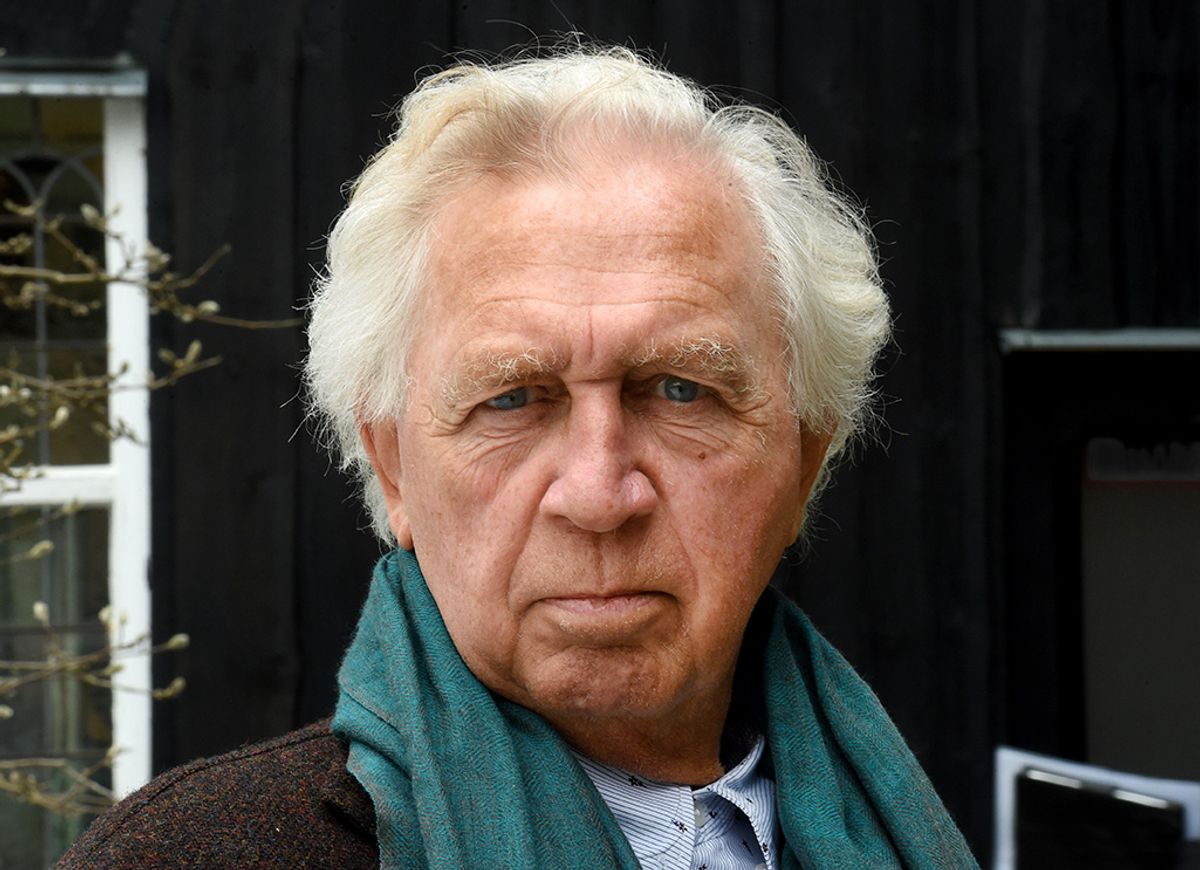Jimmie Durham, the celebrated American artist best known for incorporating Native American imagery and Indigenous themes into his work, has died at the age of 81.
Monica Manzutto, the co-founder of his Mexico City gallery, Kurimanzutto, confirmed his death after an unnamed medical condition. Durham died at his home in Berlin.
Before his career in art began in the 1980s, Durham worked as an activist and organiser in New York City for the American Indian Movement. His early work was activist in content and form, and encompassed sculpture, painting, performance and assemblages, which often incorporated materials like animal hides, skulls, feathers and beads.
He gained recognition in 1984, by installing a Puma skull with a headdress made of feathers—a well-known motif of Native American culture—on a blue wooden police barricade. On another occasion, he organised trash found on the streets of New York into human figures adorned with Native American references.
As his profile grew, Durham faced criticism for his willingness to engage in racial politics on behalf of Indigenous Americans while having no ancestral ties to them, leading to charges of cultural-appropriation. Durham was not a registered member of the Cherokee tribe, but self-identified as one. He once famously said: “I am Cherokee. But I’m not a Cherokee artist or Indian artist, no more than Brancusi was a Romanian artist.”
This caused some complaint. In June 2017, shortly after his first American museum retrospective Jimmie Durham: At the Center of the World opened at the Walker Art Center in Minneapolis, ten Cherokee artists published an opinion piece in Indian Country Today.
The piece, titled Dear Unsuspecting Public, Jimmie Durham Is a Trickster, said Durham’s willingness to speak about his Cherokee heritage were “false claims [which] are harmful as they misrepresent Native people, undermine tribal sovereignty, and trivialise the important work by legitimate Native artists and cultural leaders.” The article noted that Durham was not “enrolled nor eligible for citizenship in any of the three federally recognised and historical Cherokee Tribes.”
However, as The New York Times pointed out, Paul Chaat Smith, who is Comanche and a curator at the National Museum of the American Indian, defended the artist in a talk at the Walker at the time. “Jimmie Durham was born into a Cherokee family, has never considered himself anything but Cherokee, and neither did anyone else in his family,” he said.
Durham was born in 1940 in Houston, Texas, the son of an oil field worker. He left home at 16 and, after a nomadic early life, found work as a mechanic at the University of Texas campus in Austin. There, he became friends with a Swiss student, and, after visiting Geneva with them, enrolled in the École nationale supérieure des beaux-arts in Geneva, earning an arts degree.
After returning to America, he became inspired by the American Indian Movement’s direct action occupation of Wounded Knee, South Dakota, and joined the group as an organiser in 1973. He would later became director of the International Indian Treaty Council, using the platform to campaign for UN recognition of Native American sovereignty.
Durham won the Golden Lion for Lifetime Achievement at the 2019 Venice Biennale, having appeared in the exhibition in 1999, 2001, 2003, 2005 and 2013.
Durham left the US in 1994, blaming the increased commercialism of the art world in New York. He moved to Europe, living variously in Dublin, Rome and Naples and Berlin, where he eventually settled. His European profile grew during his tenure in the continent, and he gained solo shows at the Serpentine Galleries, London in 2015 and at MAXXI, Rome, in 2016.


